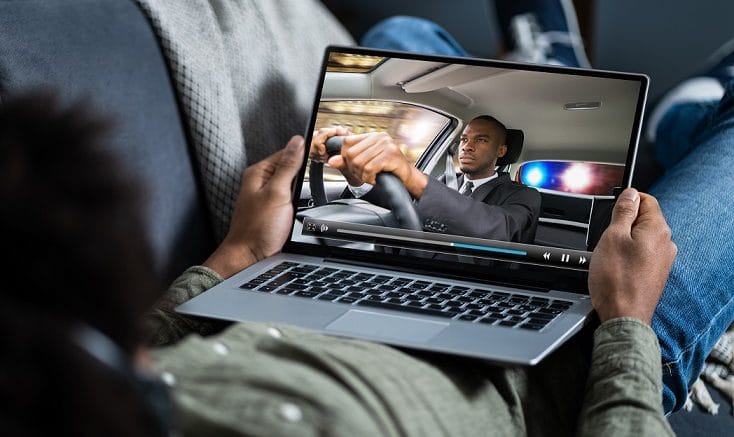Today, SVOD platforms keep popping-up around the world. The latest giant to take its place inside this market is Disney Plus. However, to see the content in these various sites, which include Netflix, Amazon Prime and Apple to name the biggest ones, you need to pay a monthly membership fee. With openload stream authorization, internet users had access to this content without paying. That made applications like Kodi quite popular at the time. But how did it work?
Kodi: an Openload Co-pair for Video Streaming
Kodi was an application that enabled you to connect through openload stream authorization, to a large quantity of audio-visual content for free. Since, you did not have to pay anything to use it, many people did. So much so that it got the attention of the Alliance for Creativity and Entertainment (ACE), which then brought it down. The reason was that it was infringing on copyrights law.
When they started to feel in danger, the creators of Kodi began to use a particular method in order to protect the system. Whenever a user tried to connect, it would send an error message, as if you could not reach the network anymore. But that was only so that hackers, robots and groups that wanted to shut them down, could not access the openload co-pairing. In reality, you could still connect to it, but you did have to go through a whole process in order to do so, which we will describe later in this article.
Protecting Openload Stream Authorization
As openload co-pairing built a system to protect itself, it got some users quite confused. They went looking for solutions to error messages such as “olpair error” or “Openload.com/pair error.” The internet being the land of all answers, they did end-up finding their way in, by following the steps below. Still, the system went from being user-friendly to quite complicated, and so people who were not technology-smart, often lost patience and tried to find other ways to watch videos online.
At first, all you had to do was go online and connect to the openload stream. But then, the system created a way so that only recognized users could come in. It was to stop the various associations to find them, but also to protect the network from being disrupted by hackers, through the use of viruses. The best way the administrators found was to complicate the system so that it would be difficult to enter for anyone wanting to harm it. That is when they started showing error messages, whenever someone tried to come in, without adhering to the unwritten rules.
How Users Bypassed Error Messages to reach Openload Pairing
Obligatory use of VPN
It became impossible to enter the system if you were not using a VPN. Why? Because the VPN provided a secure IP address, which made it impossible to tell who the users were and where they were located, keeping the whole co-pairing safe. Most already had a VPN installed and in function, since it also protected them from companies that collected their browsing information.
Obligatory use of a web browser page supporting HTML-5
To build a safe system, Openload streaming needed to create new shortcuts and commands that were technically more advanced. The only way for users’ computers to respond to these, was to have the latest software installed that could understand these shortcuts and commands. That was by using a web browser that would support HTML-5; the language used to create them. Back then, Google Chrome, Safari and Mozilla Firefox latest versions were already using HTML-5.
Enter the address manually on the web browser
Once the user had downloaded the new version of the web browser and opened a page, he then had to type in the address bar: “https:/olpair.com/:” Once they launched the link, it would then open an entry door to the co-pairing system on a secure website. However, they were not already free to come inside just yet…
Check the “I am not a robot” box
As we mentioned before, there were robots that could enter the openload stream and disturb the system. In order to protect it, the administrators of the system used the software where you have to click on a box, to declare that you are not a robot. This would open-up nine images, where various items could be seen. It would then ask you to click on all the images that contain a certain element. If correct, it would let you come inside. Otherwise, you would have to try again. Once okay, a pairing icon would appear and you would get connected by clicking on it.
Close the web browser page
The users making it through this whole process could then enter the openload stream for a period of four hours. The web browser needed to be closed first, and then after a few minutes, a message would let them know that they were now connected.

Be the first to comment on "Openload Stream Authorization: What was it used for?"